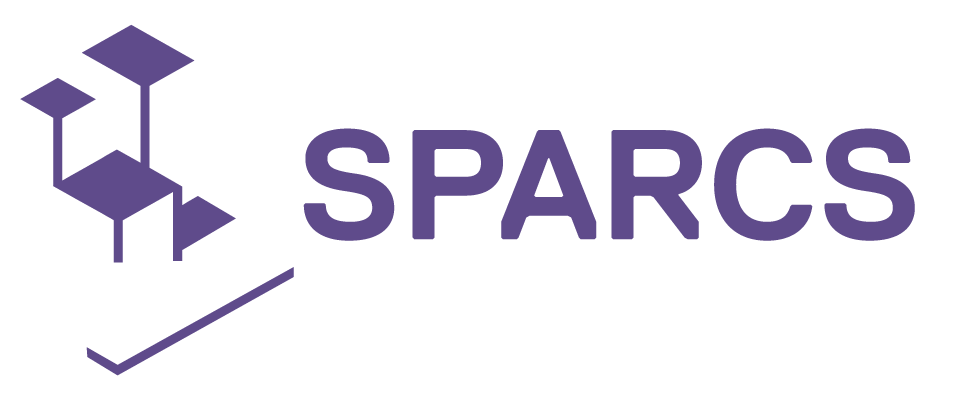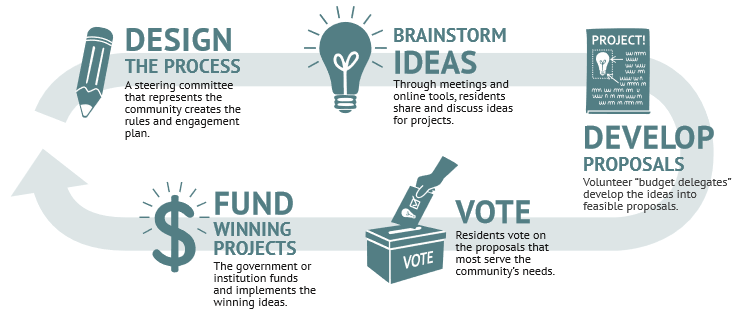

What is PB: The city administration makes the city budget transparent to get the citizens’ vote or suggestion on how to spend it. It can have versatile applications ranging from small to large cities, while it can address school budgeting as well.
According to the Participatory Budgeting Project "participatory budgeting (PB) is a democratic process in which community members decide how to spend part of a public budget. It gives people real power over real money.
How does PB work: PB is an annual cycle of engagement that is integrated into a regular budgeting process. A typical PB process follows these steps, usually over the course of a year:
 Source: www.participatorybudgeting.org
Source: www.participatorybudgeting.org
Why do PB: It's a better way to manage public money. Residents' input often makes up for gaps in official knowledge, leading to better, more equitable and innovative solutions while also bringing the people and their government closer together as a community. In the PB process, historically disenfranchised groups are able to participate, and historically marginalized ones tend to participate more, leading to the government hearing new voices. Lastly, reiterating the PB process strengthens civil society by creating new relationships, empowering new leaders, and generally strengthening local democracy" (www.participatorybudgeting.org).
On the www.participedia.net website the PB process is being described as follows:
"The participatory budgeting process usually requires citizen engagement in the various phases of a budget cycle to identify the capital investments and projects to address the most pressing local needs.
Participatory budgeting involves citizens, councilors and local government officers working together. Participatory budgeting aims to include those who are not traditionally engaged in policy decisions. As well as citizen involvement, participatory budgeting creates opportunities for greater efficiency in the allocation of public funds and increased community cohesion.
The main features of participatory budgeting include:
There is no universal way of applying participatory budgeting. Methodologies vary from area to area but typically it involves allocating between two to three percent of the annual revenue budgets and sometimes the allocation of new investments. The process involves citizens taking into account both the demand and supply of services and public infrastructure."
| Participation level | Target groups | Number of participants | Duration/Timeline | Implementation | Frequency | Budget |
|---|---|---|---|---|---|---|
| Collaboration | Any | More than 300 | 1 day | Adaptable | Any | Any |